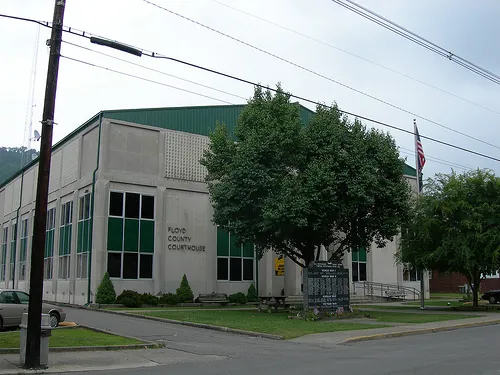This Illinois City Has Been Named the Highest Cancer Rates in the State
Cook County is the most populous county in Illinois, with a population of over 5 million people. It is also home to Chicago, the third most populous city in the United States.
According to the Illinois Department of Public Health, Cook County has the highest age-adjusted incidence rate of cancer in the state, at 494.6 cases per 100,000 people. This is significantly higher than the state rate of 459.7 cases per 100,000 people.
Cook County also has the highest age-adjusted mortality rate of cancer in the state, at 162.8 deaths per 100,000 people. This is also significantly higher than the state rate of 156.6 deaths per 100,000 people.
Factors Contributing to Elevated Cancer Rates
Several factors are likely contributing to Cook County’s elevated cancer rates. These include environmental, lifestyle, socioeconomic, and healthcare-related factors:
1. Environmental Factors:
Cook County’s industrial landscape, which encompasses manufacturing, transportation, and energy production, is a significant contributor to environmental pollution. This pollution can contain carcinogens, such as asbestos, radon, lead, benzene, and polycyclic aromatic hydrocarbons (PAHs). Residents may unknowingly be exposed to these harmful substances through air and water pollution.
Many Cook County residents live near major highways and airports, which expose them to traffic-related air and noise pollution. This type of pollution contains carcinogens like PAHs, diesel exhaust, and particulate matter. Additionally, Cook County is home to several Superfund sites, areas contaminated with hazardous waste. Those living near these sites may be exposed to carcinogens through contaminated air, water, and soil.
2. Lifestyle Factors:
A concerning prevalence of risk factors for cancer in Cook County contributes to the high incidence of the disease. Smoking rates among adults in the county are notably high at 16.4%, making it a significant risk factor for lung, bladder, and esophageal cancer. Furthermore, obesity rates stand at 33.5%, increasing the risk of breast, colon, and endometrial cancer. High alcohol consumption among adults at 24.4% adds to the problem, as it is a risk factor for breast, esophageal, and liver cancer.
3. Socioeconomic Factors:
Cook County faces socioeconomic disparities that play a pivotal role in the high cancer rates. A substantial portion of its population falls into the low-income category (17.6%). Low-income residents often reside in areas with elevated environmental pollution and have limited access to quality healthcare, which can delay cancer diagnosis and treatment. The county also has a significant population of racial and ethnic minorities, who are more likely to be diagnosed with and succumb to cancer due to disparities in access to healthcare, environmental exposures, and lifestyle factors.
4. Healthcare Factors:
A shortage of primary care physicians in Cook County makes it challenging for residents to access timely and affordable healthcare, including cancer screenings. A significant number of residents lack health insurance or have inadequate coverage, further impeding their ability to access essential preventive care. This lack of access to healthcare services creates a significant barrier to early detection and treatment of cancer.
It is important to note that the cancer rates in Cook County are not uniform across all neighborhoods. Some areas experience much higher cancer rates than the state average, while others have rates lower than the state average. This discrepancy reflects the complex interplay of environmental, lifestyle, socioeconomic, and healthcare factors.
Addressing the Issue
Efforts are underway to better understand the factors contributing to high cancer rates in Cook County. Researchers, healthcare professionals, and public health officials are collaborating to develop targeted interventions that address the root causes of the problem. This includes campaigns to reduce smoking and promote a healthy lifestyle, initiatives to mitigate environmental pollution, and improving access to quality healthcare services.
Cook County’s designation as the region with the highest cancer rates in Illinois is a call to action. It highlights the urgent need for comprehensive, community-based strategies that address the multiple factors contributing to this health crisis. By working together to combat the root causes of cancer, we can hope to reduce the burden of this devastating disease and improve the health and well-being of all Cook County residents.
In Conclusion
Cook County’s distinction as the region with the highest cancer rates in Illinois is a pressing public health concern. The interplay of environmental, lifestyle, socioeconomic, and healthcare factors underscores the need for comprehensive and targeted interventions to reduce cancer incidence and mortality. Research and collaboration among healthcare providers, government agencies, and community organizations are vital in improving the health of all Cook County residents and addressing this alarming health disparity.
Read More: Unbelievable! The Shocking Truth About Payday Loans In Oregon!







